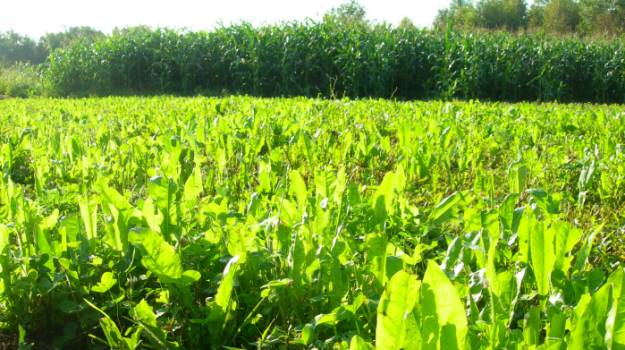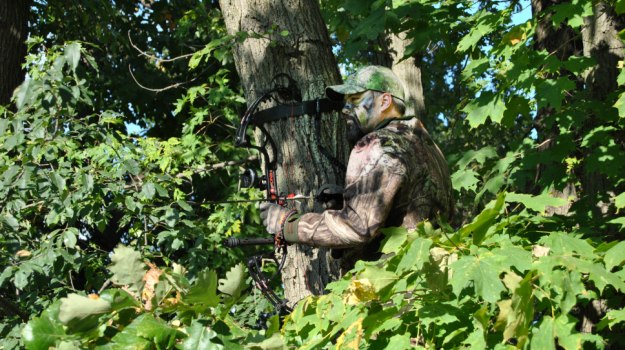By Austin Delano

The first food plot I ever planted was a perennial blend of clovers planted in the fall in the South. I guess I expected a big lush plot of clover to pop out of the ground in a couple weeks time and be hunting over it shortly thereafter. That is how it works, right? I had disked the ground until it was super smooth, fertilized heavily, had a good pH to work with, and so I waited. After a couple of good rains, I saw tiny seeds begin to make their emergence. But after a flush of rye grass that had probably been planted in the plot for numerous years prior, it didn’t seem that the clover ever did a whole lot more than just germinate, make a little green carpet a quarter-inch or so high over the plot, and that was it. I saw plenty of deer on that plot that season and killed some does over it, so I wasn’t completely disappointed but puzzled over where I had gone wrong with the clover.
To say that I was a little surprised when I returned to that plot the following spring is an understatement. I had a lush, thick stand of beautiful clover. This was the field I was expecting when I planted it the previous fall. So what did I do wrong? Nothing. As the old saying goes, “if I only knew then what I know now.” I have heard this same story so many times from guys in the Midwest all the way down to the deep South. In this article, we will look at some of the things you can expect when fall planting perennials.
This will mostly apply to those that plant in the transitional and southern planting zone. Guys in the North will be planting their perennials in the spring and early summer and won’t have the same time table as those with a fall planting time. Why the different planting times you ask? Fall planted perennials in the North are quickly met with hard frosts and do not have time to develop a root system strong enough to come back from a harsh winter and being covered with snow for a couple months. In the South and some of the transitional planting zones, spring and summer planted perennials are often failures because of the lack of moisture. Severe heat cripples the young plants before they ever develop a root system.
We have a saying that goes, “perennials sleep and then they leap.” In order for a plant such as clover, chicory, or alfalfa to live up to its name and be a true perennial, it has to first grow a root system that can sustain the plant through stressful periods and allow it to be viable for numerous growing seasons. I have talked to countless customers who have planted one of BioLogic’s perennial blends in the fall and are disappointed with what their plot looks like a month or so later. “Be patient,” I say. In most places where there is even a moderate deer density, you will not see a fall planted perennial get more than 3-4 inches high. Even though there is not as much forage above ground in newly planted perennial fields as opposed to an annual plot, the growth that is there is extremely attractive. This is another reason many food plotters never see their new perennial plots get above lip high that first growing season. Only in very large plots or areas of very low deer density will you see a first season, fall planted perennial get a significant amount of above ground growth before old man winter comes along and slows the growing cycle down. When I am planning out what I want to plant where every fall planting season, I am actually looking a year down the road for my perennials. I don’t count on my new perennial fields as being one of my number one hunting plots or a finished plot until the following spring when they begin to emerge from a winter of root building.
Now don’t let the slow start from perennials like clover and chicory lead you to avoid adding them to your food plot program. There are way more pros than cons when it comes to perennials on your property. One of the most satisfying aspects to serious food plots is managing a successful perennial field for multiple years.
This tip is courtesy of the GameKeepers Field Notes, a weekly wildlife and land management email newsletter produced by the Mossy Oak GameKeepers.
A GameKeeper by definition is someone who truly loves AND lives the land, the critters and nature…not just during hunting season but all the time. A GameKeeper wants to be outdoors every day and work the dirt while living their personal “obsession”.
Find out more about what makes a GameKeeper by visiting our website.





























